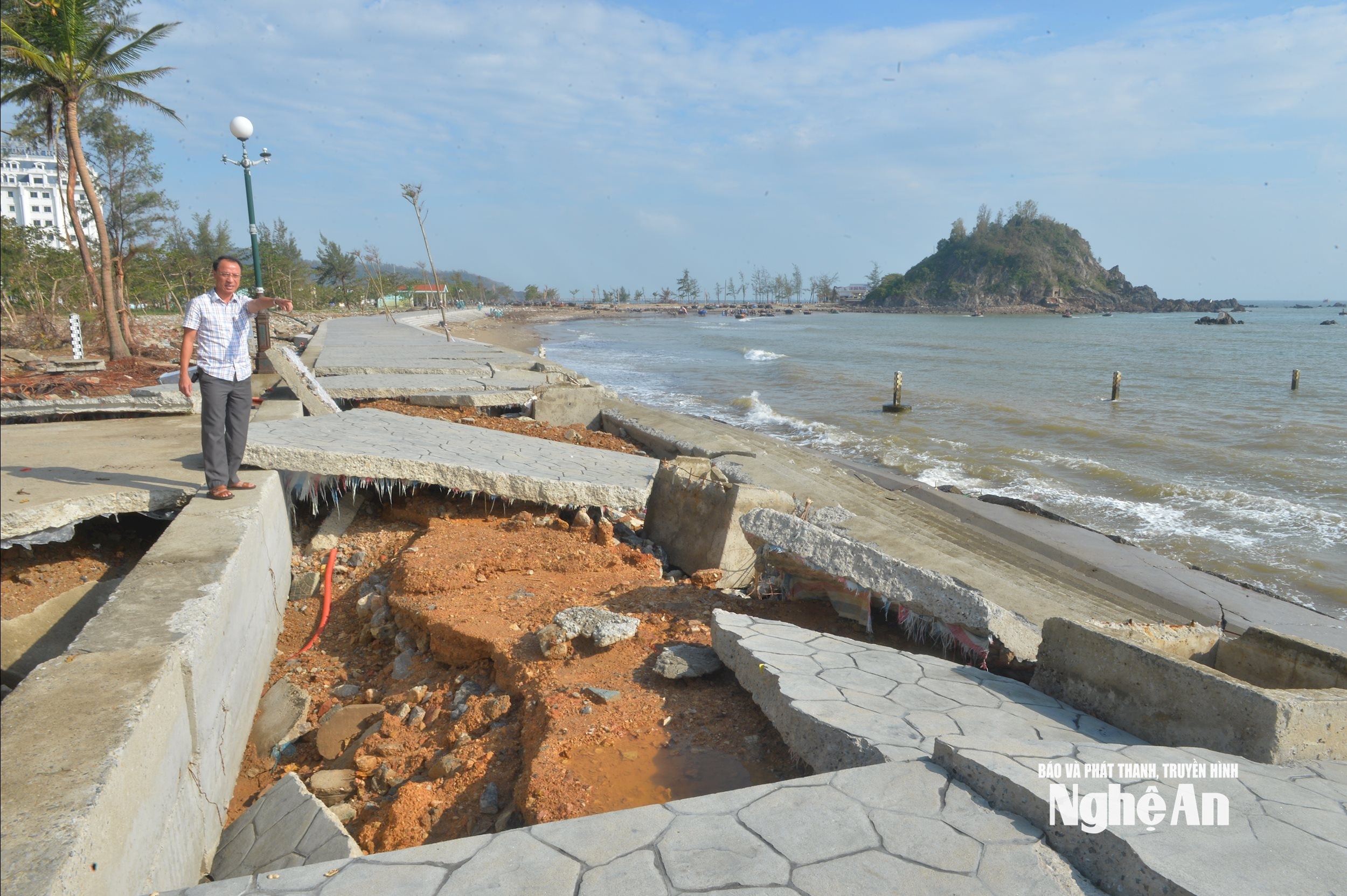
Some dikes are not strong enough to withstand storms and floods.
Based on field inspection and assessment of the current status of dike works before the 2025 flood season, the Department of Agriculture and Environment of Nghe An province has concluded on the flood resistance capacity of each dike line in the province.
Accordingly, the Ta Lam level II dyke is currently capable of withstanding floods corresponding to the design frequency P=1%. However, in addition to the key points of Yen Xuan and Phu Khanh, the authorities note that it is necessary to closely monitor developments at the Nam Dan 2 sluice - a project that has been put into use since 2018.
With the Ta Lam level III and IV dykes, the flood protection capacity also meets the design requirement of P=1%. Notably, the dyke section from K9+000 to K10+890 is under construction but has ensured flood protection elevation; however, special attention should be paid to the two culverts across the dyke built during the French period, which are still in operation.
For other river dikes, most of them meet the alarm level III, except for the Lam right dike in Thanh Chuong district (old) which only meets the alarm level II. In general, these routes are not capable of preventing floods at the design frequency of P=1% as in the Flood Prevention and Control Plan for the Ca River Basin, so it is necessary to increase patrols and guards during the rainy season.
In the estuary dike group, a total of 81.3 km of dikes have been upgraded, ensuring resistance to level 10 storm winds and average tides with a frequency of P=5%. However, the remaining 47.87 km of dikes are only strong enough to withstand level 7-8 storm winds. The routes that have not been upgraded are mainly concentrated in Hoang Mai town and Quynh Luu district (old) - where strict monitoring measures need to be implemented during the rainy and stormy season.
Regarding the sea dyke system, the routes have been invested and repaired, but currently they are only designed to withstand level 10 storms and high tides with a frequency of P = 5%. Meanwhile, large storms such as level 11, 12 combined with high tides can easily cause water to overflow the top of the dyke, causing dyke breaks or serious erosion, directly affecting people's lives and coastal infrastructure.
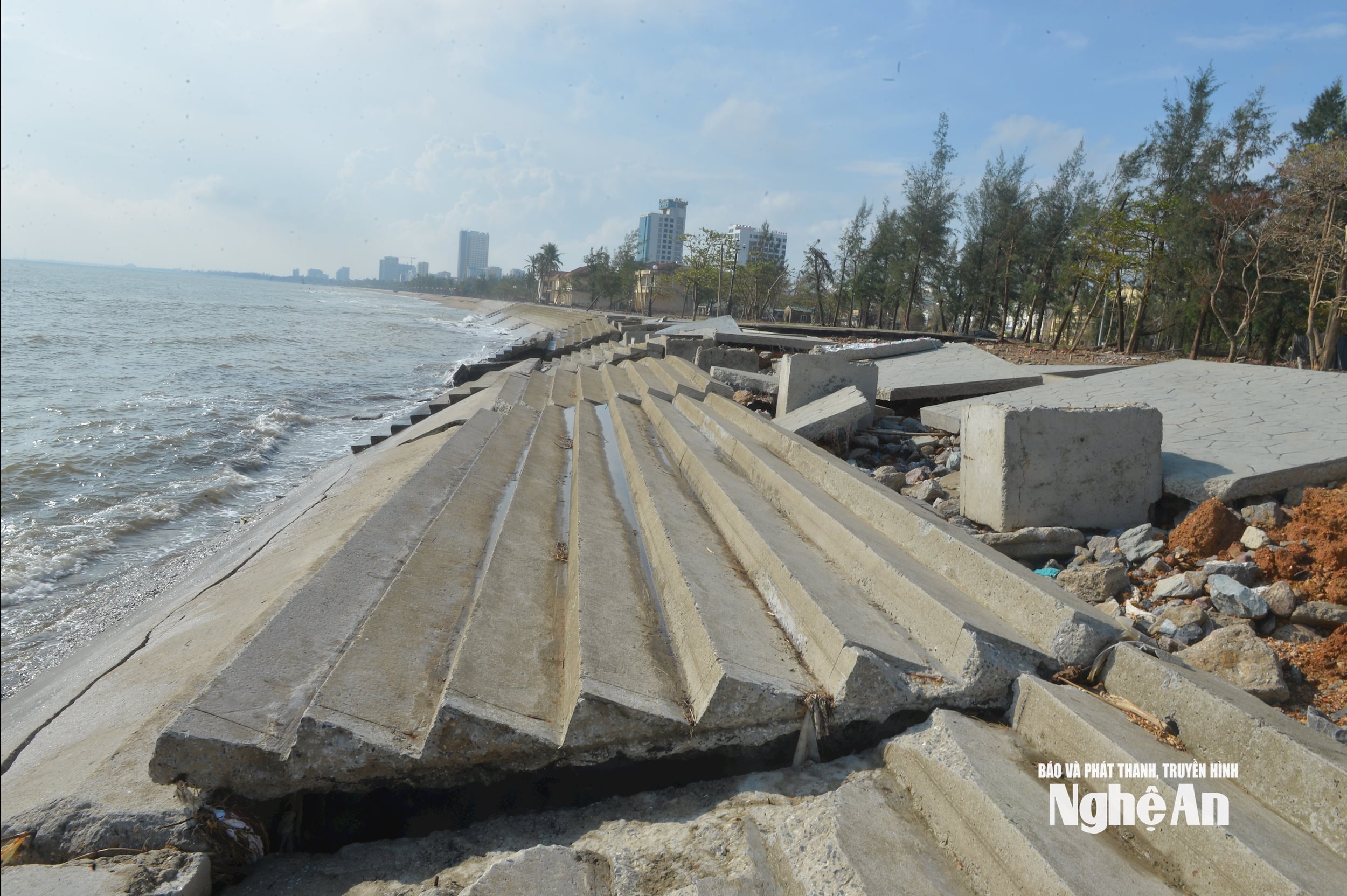
Reality has proven through the recent storm No. 10 (storm Bualoi), big waves combined with high tides have caused serious damage to the embankment system and walking path along Cua Lo beach. The Cua Lo sea embankment project with a total length of 4.3 km is designed as a level IV project, capable of withstanding level 10 storms and rising sea levels.
However, after just one big storm, some of these embankments could not stand. The concrete layer on the embankment surface cracked into large pieces, many were washed out to sea, others were thrown ashore. Many sections of the solid reinforced concrete embankment were "torn apart" and broken into pieces by the waves. The system of steps leading up to the sea and the drainage culverts were displaced and severely damaged.
According to statistics from the People's Committee of Cua Lo Ward, Storm Bualoi has collapsed 5 sections of sea dike over 50 meters long. The damage does not stop at the infrastructure but also makes people here worried about the next storm season. Mr. Tran Minh Tien - a resident of Cua Lo Ward shared: "I have been here for 8 years but this is the first time I have seen the sea level rise so high. Sea dikes are very important in preventing water from flooding the mainland, so I hope the government will repair them soon to ensure safety."
Mr. Hoang Minh Tho - Deputy Head of the Economic - Infrastructure Department of Cua Lo Ward said that with the collapsed sea dike sections, the Ward People's Committee has proposed that Nghe An province soon come up with solutions to repair and upgrade to ensure safety in the upcoming flood season.
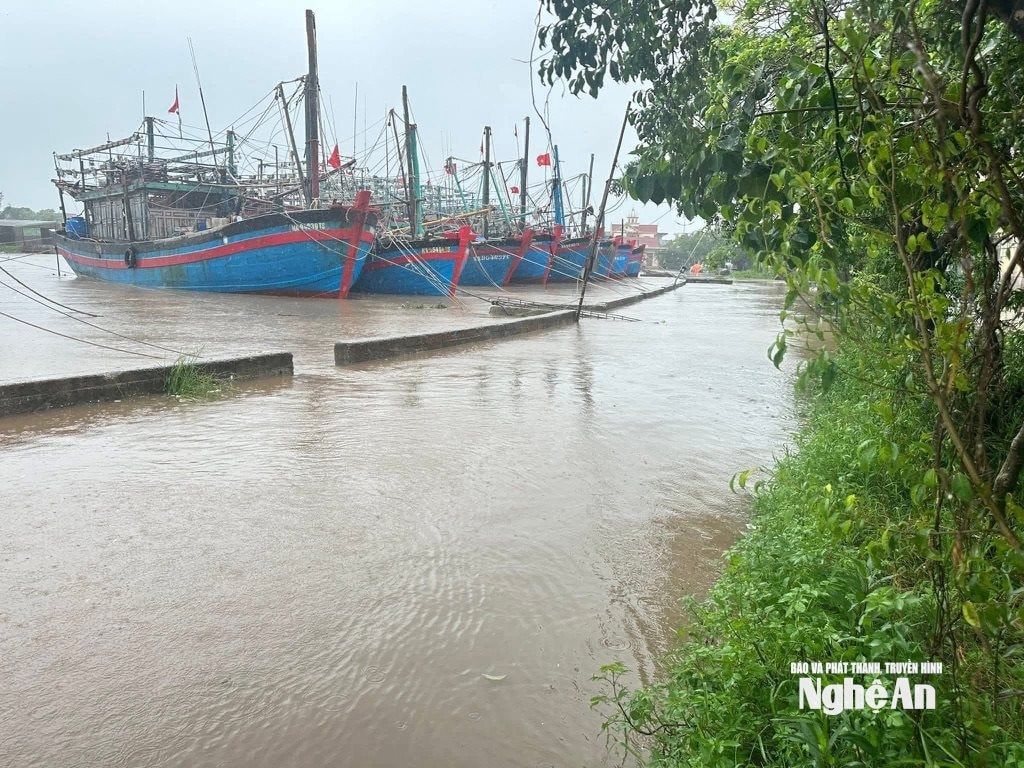
Not only Cua Lo ward, in Quynh Phu commune, the 2,189 km long sea dike is also seriously degraded, every rainy and stormy season, seawater often overflows, threatening residential areas. Mr. Tran Van Minh - a resident of Quynh Phu commune said: "If a big storm makes landfall with heavy rain and high tides, serious flooding is likely to occur. We have to make sandbags ourselves to reinforce our houses, people really hope that the sea dike will be upgraded promptly to protect the safety of life and property".
Mr. Ho Van Thanh - Chairman of Quynh Phu Commune People's Committee added: The whole commune has more than 9 km of sea dyke with more than 5,000 households living along the route. Although this dyke has been upgraded before, it still needs the State's continued support to build and raise the dyke crest to ensure wave protection and prevent rising sea levels more effectively.
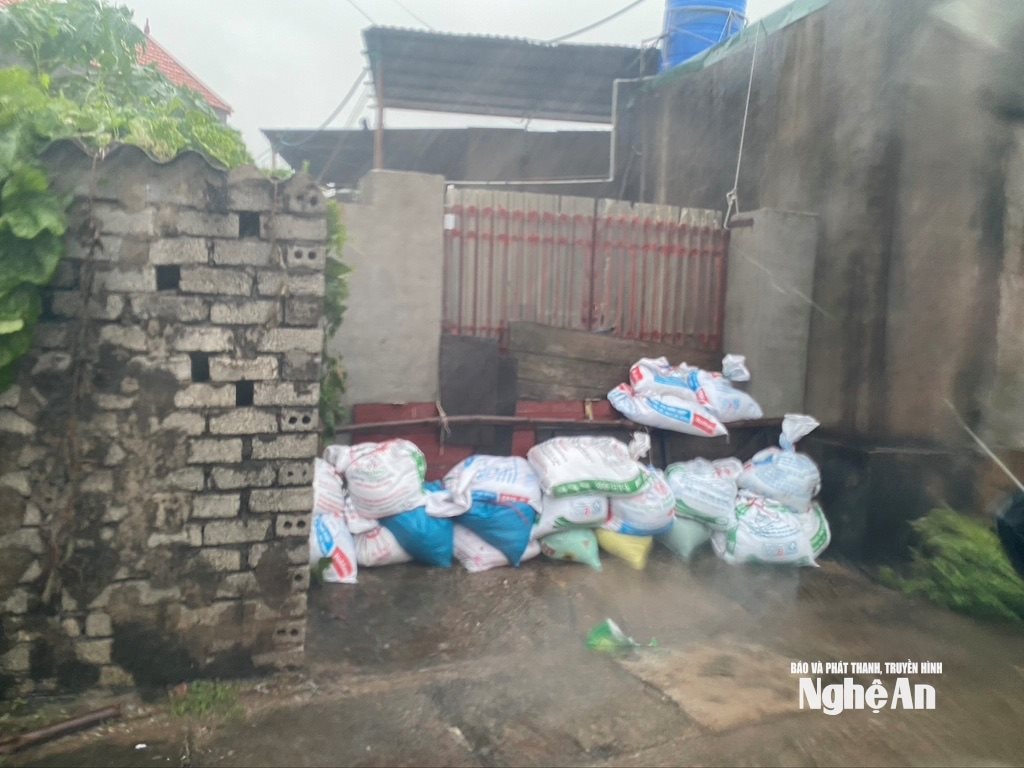
A similar situation is also happening in Vinh Loc ward. The Rao Dung dike, an important project protecting more than 200 hectares of agricultural land and 220 households in Vinh Loc ward, has seriously degraded. The recent storm caused more than 300m of the dike to collapse, many sections to collapse and crack. Mr. Le Van Tan - a resident of Thai Binh block said: "This is an important dike. Currently, the dike is severely damaged, threatening the property and lives of people, and is in urgent need of repair."
Mr. Bui Xuan Thanh - an expert of Vinh Loc Ward Economic Department said: "Due to the impact of storm No. 10, big waves and high tides have caused the dike to erode and crack for more than 350m. The ward has prepared a dossier and reported to the Provincial People's Committee to request financial support for repair and reinforcement."
Need comprehensive and long-term solutions
According to a report from the Nghe An Irrigation Department, the whole province currently has 492.38 km of various types of dike systems, including 53.43 km of sea dikes, 133.77 km of river mouth dikes, 155.09 km of river dikes and 150.09 km of inland dikes, scattered in 37 communes and wards.
Although many routes have been invested in and repaired, the lack of synchronous and closed investment has caused many dike sections, especially sea dikes, to not meet flood protection design standards. In particular, some routes have weak dike foundations, making them susceptible to landslides during heavy rains or strong waves.
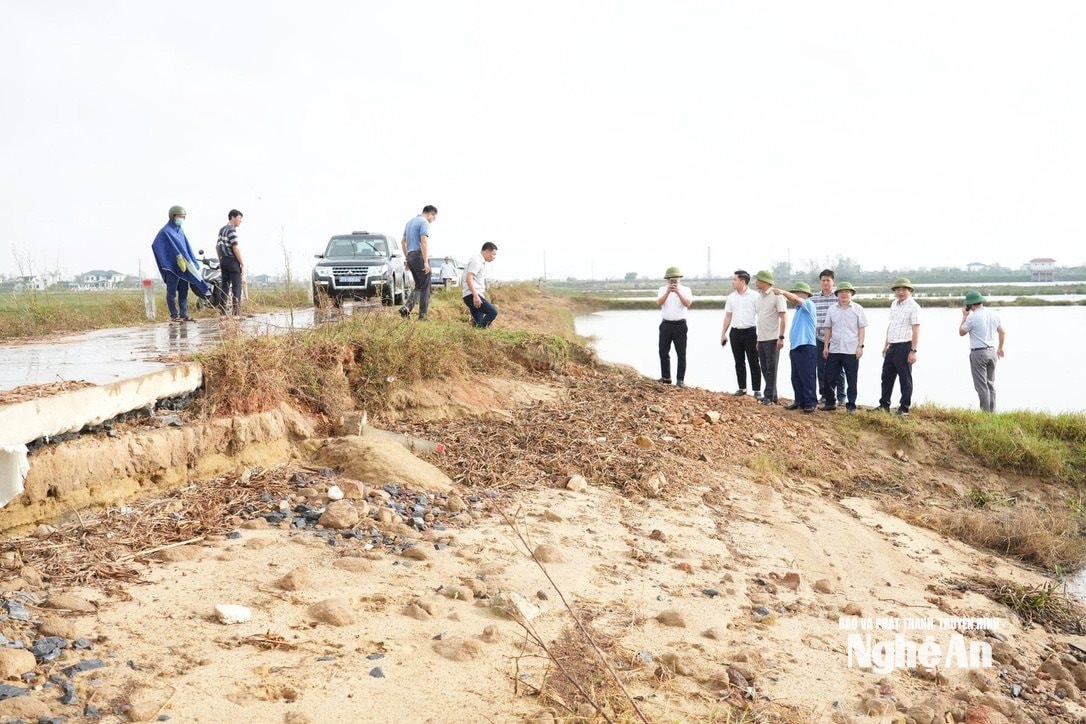
There are 5 key dike points on the left Lam dike line including: Yen Xuan dike (Hung Nguyen Nam commune), Phu Khanh (Lam Thanh commune), Hoa Lac (Van An commune), Cam Thai (Dai Dong commune), Phuong Ky (Do Luong commune). The Provincial People's Committee has approved the dike protection plan for these key points.
In addition, the whole province has 40,828 km of dykes directly connected to the sea, passing through localities such as: Quynh Mai Ward (1,479 km), Tan Mai Ward (2,294 km), Quynh Phu Commune (8,019 km), Quynh Anh Commune (3,876 km), Hai Chau Commune (9,543 km), Dien Chau Commune (2,468 km), An Chau Commune (7,91 km), Hai Loc Commune (1,884 km), Trung Loc Commune (0,7 km) and Cua Lo Ward (2,664 km).
Mr. Ngo Tung Lam - Head of the Dike Management Department of Nghe An Irrigation Department said: In the face of complicated developments of floods and rains, the Irrigation Department requested localities to proactively review and identify weak and damaged dike points to promptly coordinate responses when heavy rains occur. Plans to evacuate residents to safe places need to be prepared. At the same time, inspection and guard forces must be strengthened to detect and promptly handle dike incidents from the first hour, especially at weak dike sections.
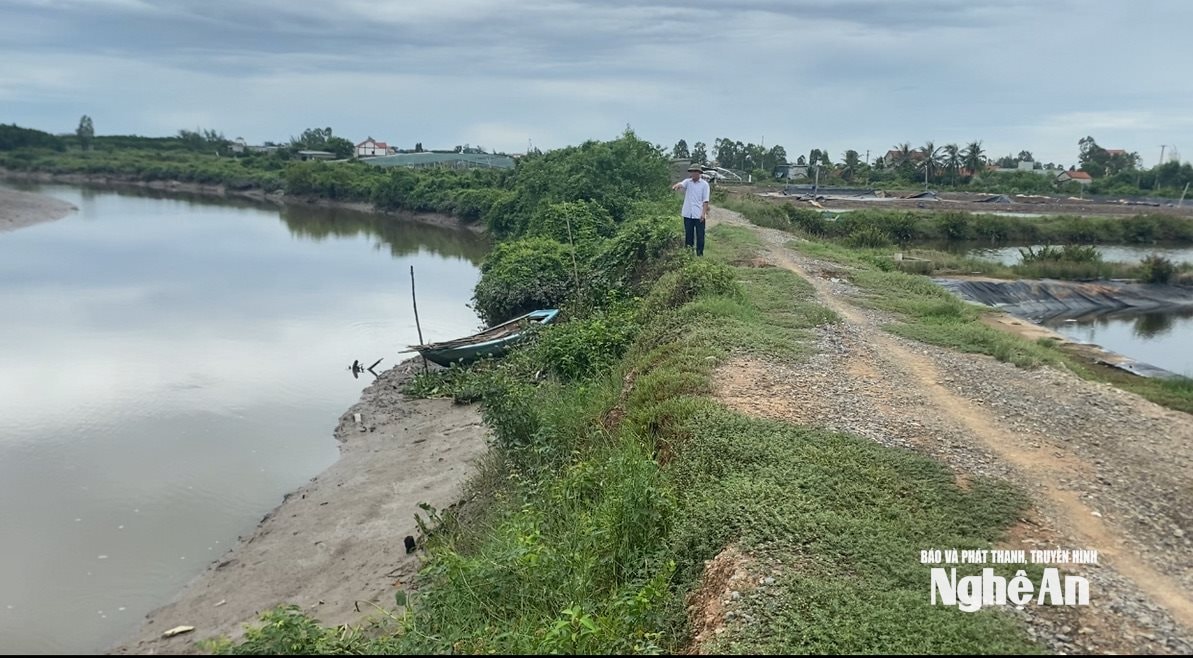
Localities are also required to develop specific scenarios, assign clear tasks, mobilize forces to quickly respond, overcome consequences and soon stabilize production and people's lives after natural disasters.
Relevant units need to urgently inspect the entire dike system, prepare sufficient human resources, materials and means according to the "4 on-site" motto. In particular, the assignment, decentralization and clarification of responsibilities for each agency, unit and individual must be carried out seriously to avoid passive and confused situations, especially after the organizational apparatus has been merged.
Although the dike system in Nghe An has received investment attention, in reality there are still many shortcomings, not keeping up with climate change and the increasing intensity of natural disasters. There needs to be a synchronous investment strategy, comprehensive upgrading and effective management to ensure people's safety and sustainable development of coastal and riverside areas.
Source: https://baonghean.vn/de-song-de-bien-o-nghe-an-truoc-thach-thuc-thien-tai-10308228.html


![[Photo] Dan Mountain Ginseng, a precious gift from nature to Kinh Bac land](/_next/image?url=https%3A%2F%2Fvphoto.vietnam.vn%2Fthumb%2F1200x675%2Fvietnam%2Fresource%2FIMAGE%2F2025%2F11%2F30%2F1764493588163_ndo_br_anh-longform-jpg.webp&w=3840&q=75)





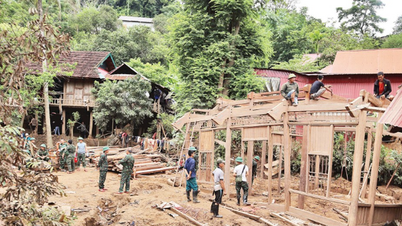




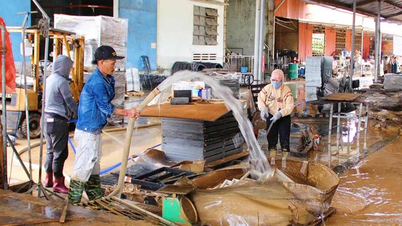





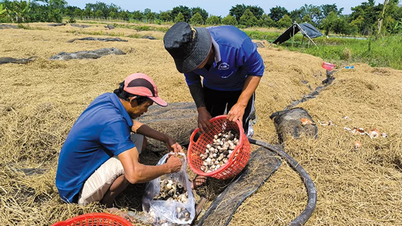


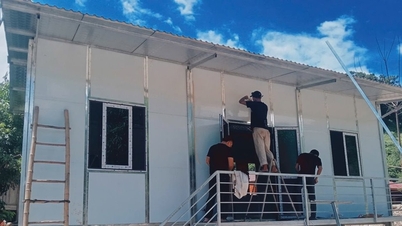


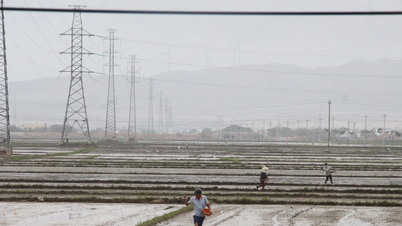







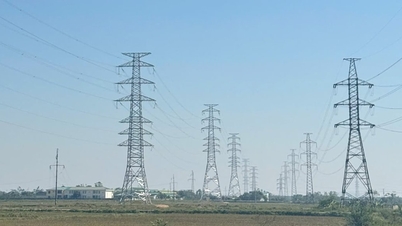


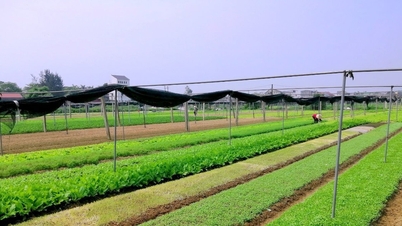

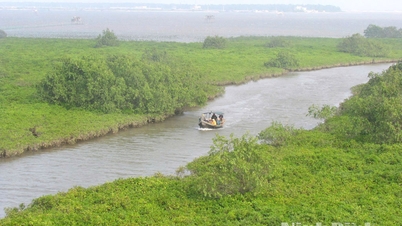







































































Comment (0)